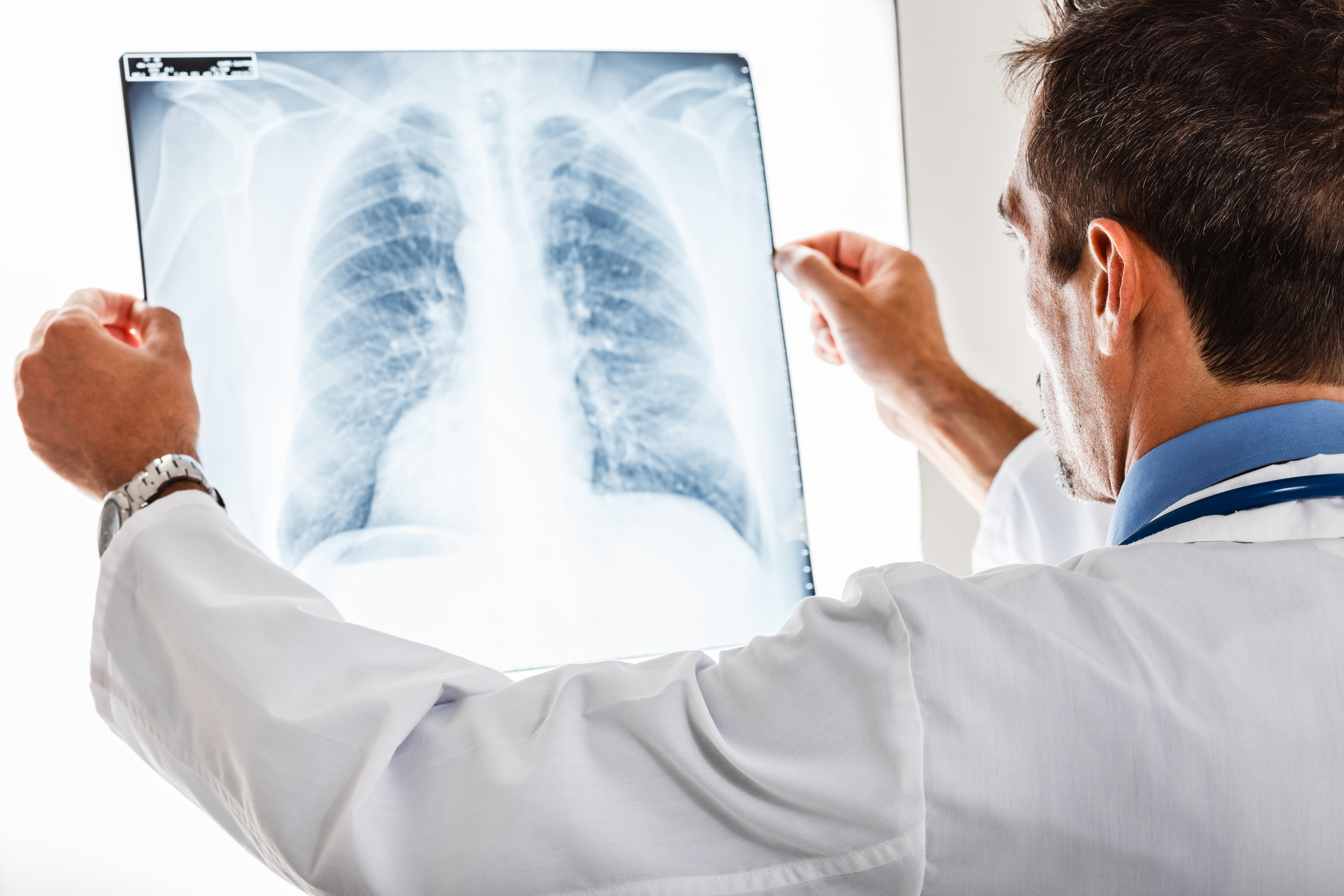IPF Experts Discuss Disease Diagnosis and Treatment at CHEST 2015

The American College of Chest Physicians Annual Meeting (CHEST 2015), held Oct. 24–28 in Montreal, Canada, included a breakfast symposium where a panel of experts shared practical tips to help clinicians assess, diagnose, and manage idiopathic pulmonary fibrosis (IPF) and co-morbidities linked to the disease.
Dr. Timothy Whelan, associate professor and director of lung transplantation at the Medical University of South Carolina, offered several tips concerning IPF screening and diagnostics. “What makes IPF diagnosis challenging is the fact that there are more than 200 recognized types of diffused parenchymal lung diseases and, although IPF is the most common, we all know that there’s lots of things that can look like it,” he said, according to a CHEST 2015 news release.
Dr. Whelan believes that factors like paying close attention to the symptoms and their duration, as well as spending extra time reviewing a patient’s medical history, can lead to an accurate diagnosis of the disease. “This is not a diagnosis that you’re typically hearing about in the first three months of the patient’s symptoms,” he explained.
In fact, it has been reported that more than a third of the IPF patients visited at least three different physicians prior to receiving a proper diagnosis, and according to several studies, the majority of the patients are diagnosed after seeking medical advice for more than one year.
“This is a challenging diagnosis and we know now that delay in referral and delay in treatment does impact outcomes,” said Dr. Whelan. “So when a patient comes in, what I’m listening for is months of symptoms, and when I look at their physical exam that I’ve got inspiratory bibasilar crackles. If crackles are missing, that’s kind of a warning sign that maybe this is something a little different.”
Associate professor of medicine and director of the Interstitial Lung Disease Program at the University of Alabama, Birmingham, Dr. Joao DeAndrade, was also a speaker in the symposium and provided an update on non-pharmacological IPF therapies and discussed potential complications and co-morbidities.
“As we all know, most of these patients have other problems,” noted Dr. DeAndrade. “As you handle these patients and discuss treatment options, you will, in effect, become their primary care physician. So it’s really impossible to ignore the other problems that they have.”
According to Dr. DeAndrade, the most common co-morbidities in IPF patients are pulmonary arterial hypertension (PAH), gastro-esophageal reflux (GER), and sleep-disordered breathing, all conditions that need to be addressed as well.
“When it comes to co-morbidities in IPF, surprisingly, not a lot have been studied. It really depends on what you’re looking at,” said Dr. DeAndrade. “GER, for example, is very consistently shown across the literature as being prevalent in virtually all patients with IPF. And it’s been reported that sleep-related disordered breathing can be prevalent in up to 88 percent of patients with IPF. The observational and prospective studies that we do have suggest that these co-morbidities are associated with reduced survival, so that’s why it’s very important to think about them and consider addressing them in a timely fashion.”
“We know that the quality of life for IPF patients, as measured in almost any way, is poor,” said Dr. Kevin K. Brown, professor of medicine at the University of Colorado and director of the Clinical Interstitial Lung Disease Program at the National Jewish Medical and Research Center. “Studies going back more than 15 years tell us that basically every domain of quality of life is impaired in patients with IPF. Virtually the entire spectrum of their life is adversely impacted by their disease.” Dr. Brown concluded that it is essential to continue searching for new IPF therapies.







